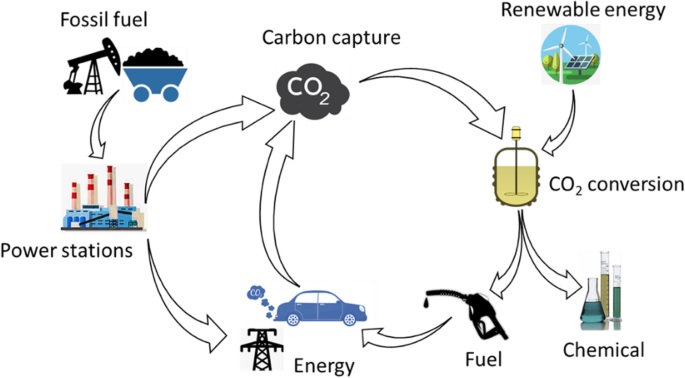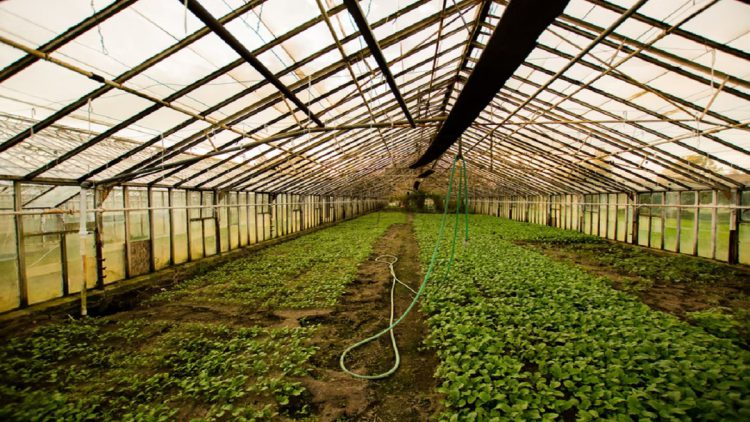This study focuses on the innovative research and available opportunities that could be explored for the utilization of carbon dioxide – a potent greenhouse gas into various fuels and valuable byproducts. Controlling the emissions of CO2 and other greenhouse gases is dire need to avoid devastating impacts of climate change. Climate extreme events such as droughts, hurricanes, torrential rains, floods, tornados, and wildfires in many parts of the world and subsequent damages to environment and human health have proven to be a huge burden for global economy as well. One sustainable and feasible option that can resolve this multifaceted issue is the carbon sequestration through employing pre- and post-combustion processes and oxyfuel combustion. Further, sequester carbon dioxide needs to be utilized for conversion into various fuels and value-added byproducts for instance, chemicals i.e., methanol, dimethyl ether (DME), and methane (CH4) alongside intermediatory products i.e., syngas. Multiple promising CO2 utilization choices are available, one can be its sequestration through algal growth coupled with wastewater containing nitrogen and phosphorous nutrients. Finally, such biomass has been effectively used for biofuels production in various studies. The CO2 is not only sequestered for algal growth but algae utilization for biofuels generations also reduces carbon dioxide emissions by 78% in contrast to the petroleum-based fuels. Besides, this biofuel biomass alternative is also suitable as it doesn’t compete with the food hence, eliminating food insecurity and the residuals can be further utilized as bio-fertilizers as well. This paper also discusses methods that can be employed for conversion of this algal biomass into biofuels. These involve, direct combustion, fermentation, transesterification, pyrolysis, anaerobic digestion (AD), and gasification. Moreover, the efficient use of captured carbon dioxide for desalinization can be a decent option for overcoming water scarcity and energy issues in the developing countries. It is primarily done by two methods that are distillation and reverses osmosis (RO). Furthermore, direct air capturing (DAC) is another prominent technique that can be used for absorbing carbon dioxide from the atmosphere and converting it into a variety of useful energy resources like methane. All these options can tackle the critical issues of climate change, water scarcity and energy crisis providing a win-win scenario for the global economy as well as the environment and people.

This paper also considers the techno-economic analysis for the synthesis of value-added chemicals, desalinization, algal biofuels production and DAC technologies. Suitability of the existing policies for the much-needed shift to carbon capture, storage and utilization has also been discussed together with the steps that are needed to move forward towards a carbon neutral economy.
Reference:
CO2 utilization: Turning greenhouse gas into fuels and valuable products MN Anwar, A Fayyaz, NF Sohail, MF Khokhar, M Baqar… – Journal of environmental management, 2020. Paper Link: https://www.sciencedirect.com/science/article/pii/S0301479719317773
Adamu, A., Russo-Abegão, F. & Boodhoo, K. Process intensification technologies for CO2 capture and conversion – a review. BMC Chem Eng 2, 2 (2020).
The author is Tenured Professor and Head of Environmental Sciences Department at NUST School of Civil and Environmental Engineering (SCEE). He can be reached at fahim.khokhar@iese.nust.edu.pk.
Researcher’s Profile: https://bit.ly/3vrS0wy






